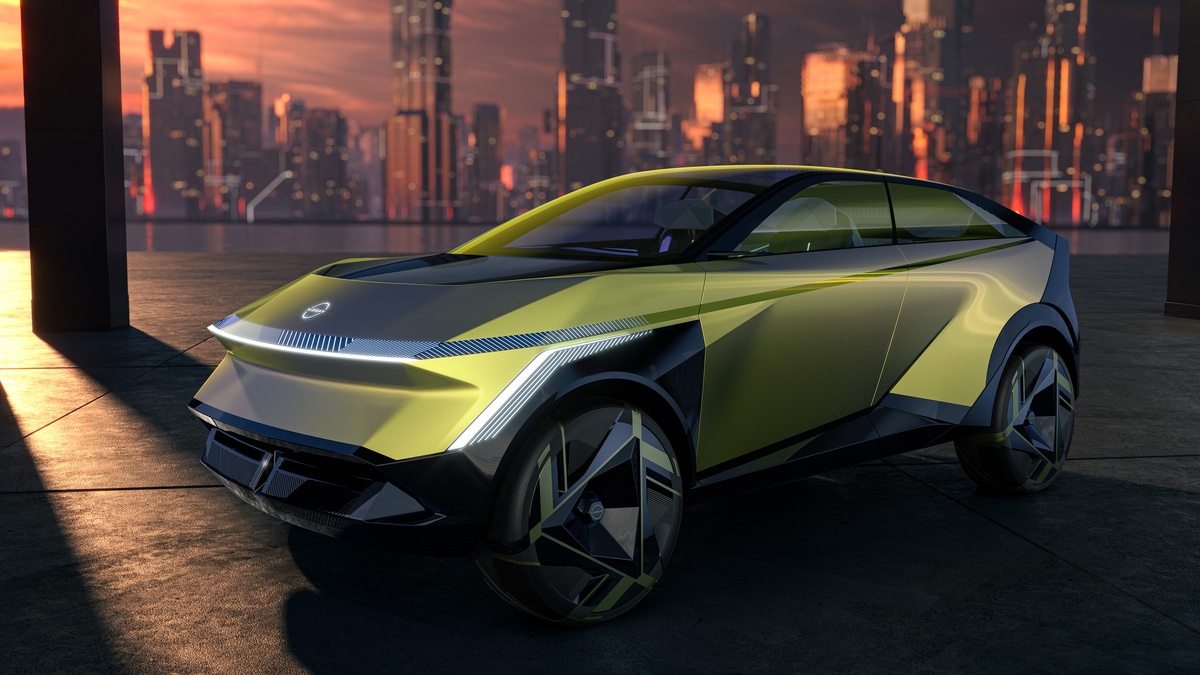Nissan has teased a pair of new concept cars scheduled to appear at the Japan Mobility Show (formerly known as the Tokyo Auto Show) at the end of the month.
Both seem too outlandish to preview production cars. But they may indicate the direction Nissan design will head as the Japanese automaker looks to expand its electric vehicle (EV) lineup.
Currently, Nissan builds the Leaf EV and the Ariya crossover. The Ariya is a practical family SUV our expert reviewer likes for its “bold look” and “inviting yet practical interior.”
The two show cars have much more pronounced personalities than the Leaf and Ariya, but all Nissan has revealed of each is a digital rendering. Nissan says they will appear in the sheet metal at the Tokyo show.
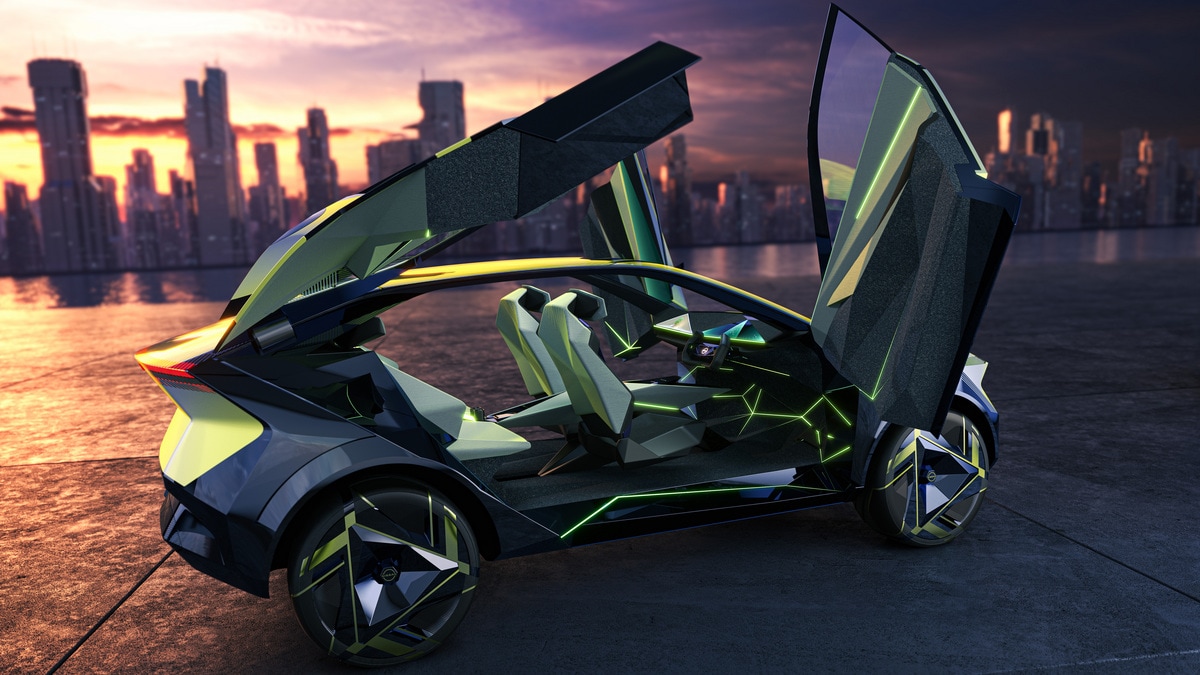
Nissan Hyper Urban EV Concept
The first is a subcompact SUV of sorts. It rides low enough to the ground to be considered a hatchback and uses a strange enough layout not to be considered part of any current class of cars.
Nissan says designers aimed the Hyper Urban Concept at “urban- and suburban-based professionals who prioritize environmental sustainability.” Its body is a riot of angles. It opens almost entirely thanks to a pair of scissor doors on each side.
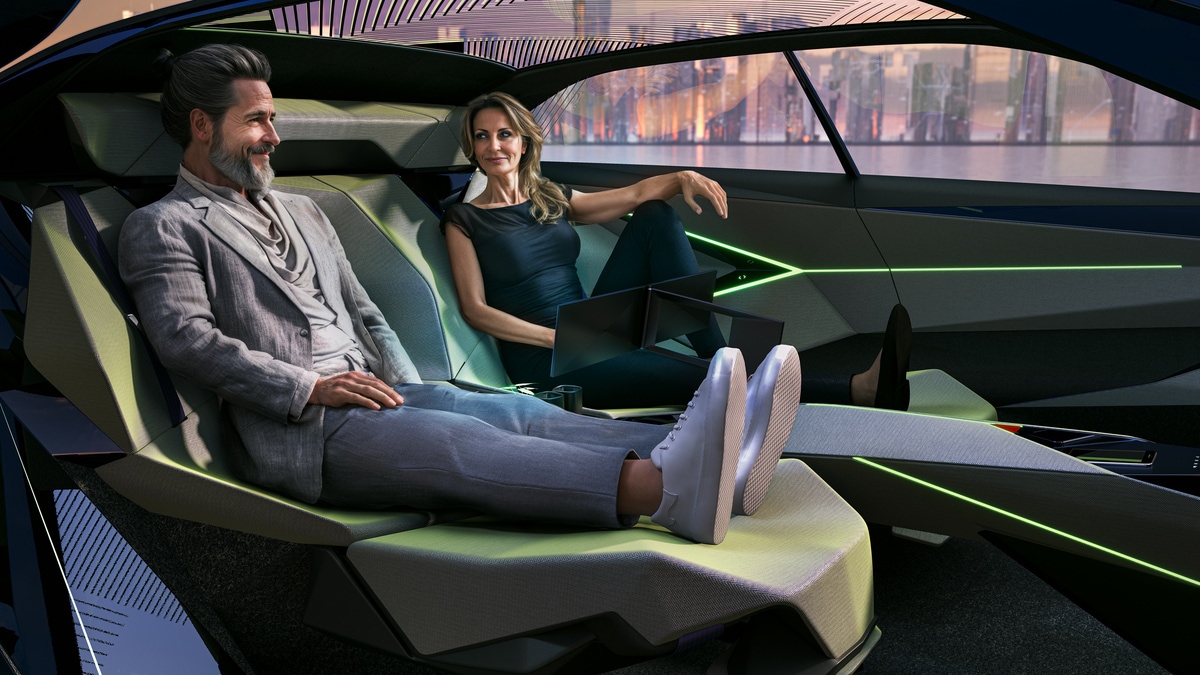
Nissan says the Urban Concept uses vehicle-to-grid technology to give power back to its owner’s home or the local electric grid “to support their local community and earn money at the same time. The Intelligent Charging Management System features AI that can autonomously charge vehicles and power buildings, providing efficient management of power.”
Inside, the front seats “can collapse and fold into the back seats, creating a sofa-like, private relaxing space.”
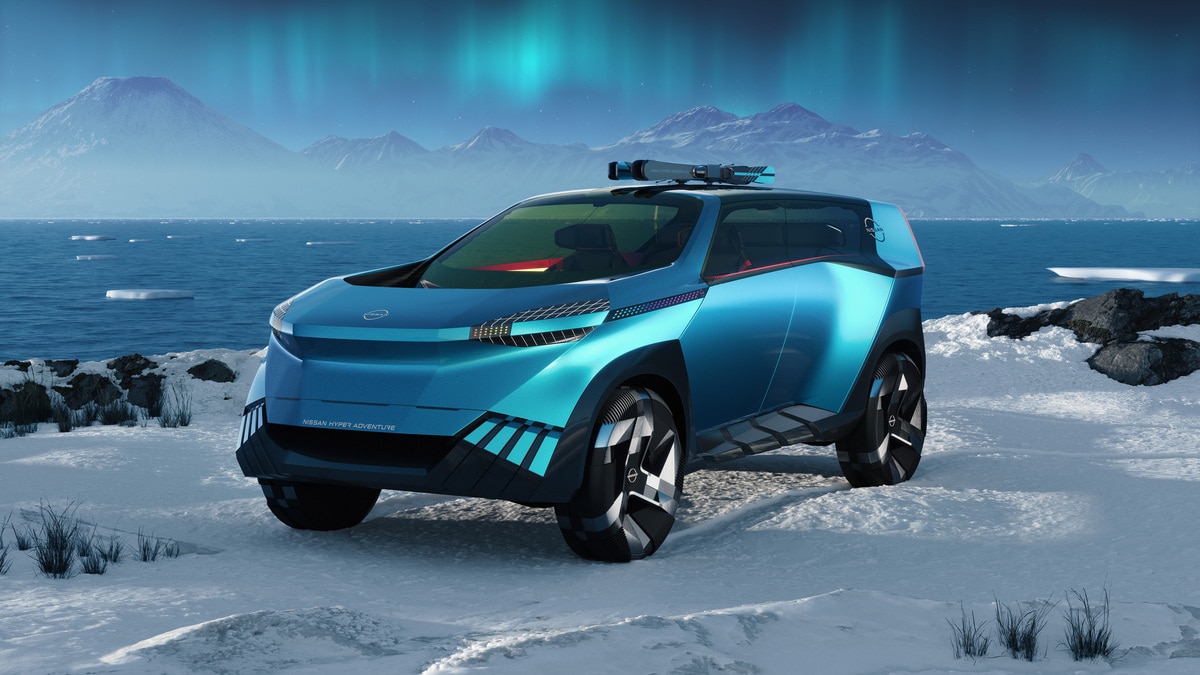
Nissan Hyper Adventure Concept
The second concept aims at outdoor adventure. The Nissan Hyper Adventure Concept is larger, with higher ground clearance and more blatant off-road aspirations.
Its hood is a massive front spoiler, helping the car “achieve high aerodynamic performance.” But this concept is not a track toy. Nissan says, “The wheels and front and rear bumpers are outfitted with crampons, or snow traction gears, to allow the car to drive through snowy areas with power and ease.”
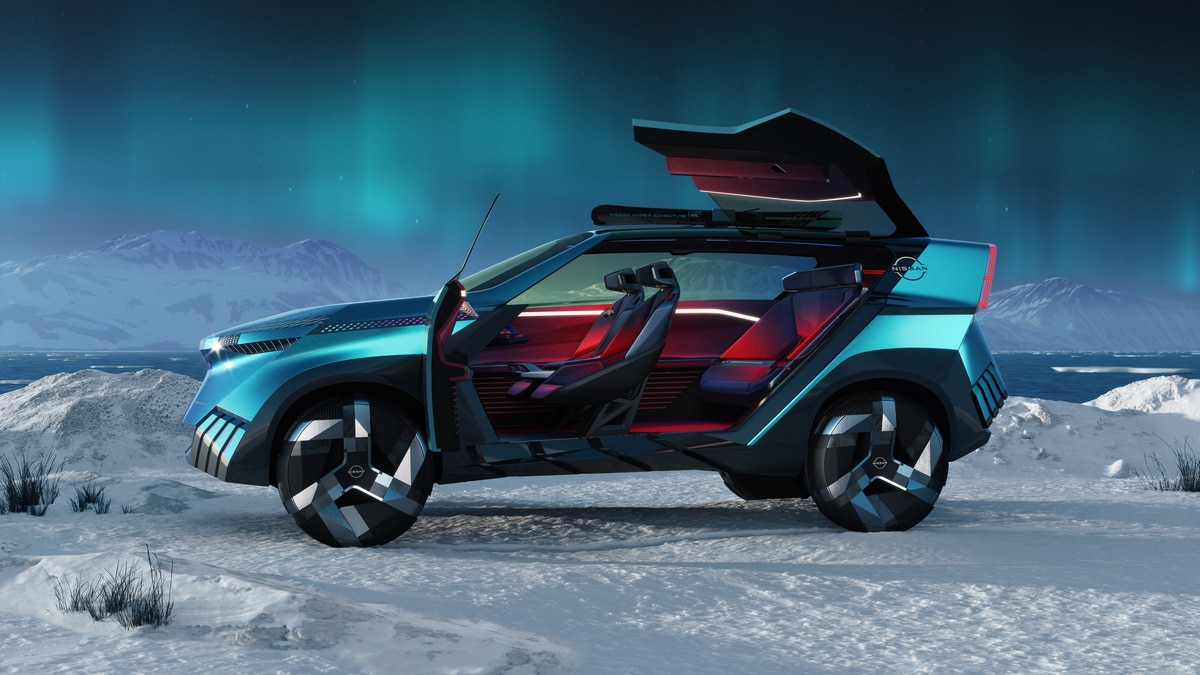
Its front doors open forward, and its rear doors open up, much like the Tesla Model X’s Falcon doors. There’s no B-pillar, so the cabin opens almost completely. When the rear liftgate opens, steps extend to the ground.
Nissan hasn’t revealed any mechanical details of either car, noting only that the Adventure model is all-wheel drive (AWD).
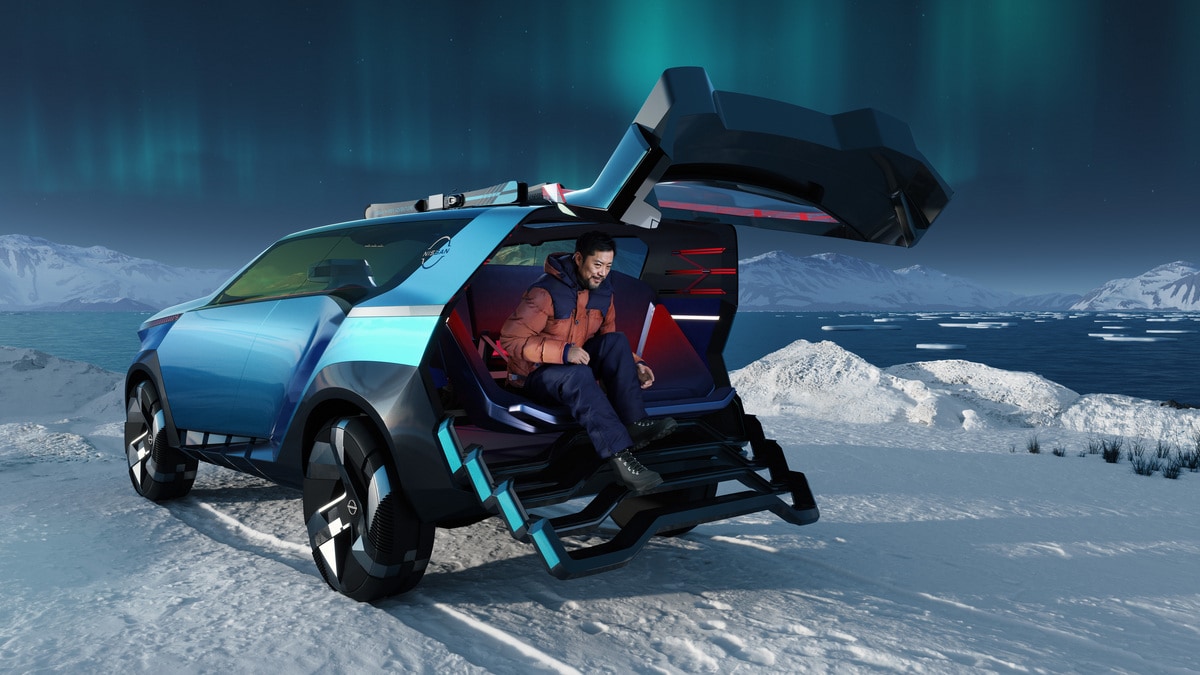
Neither is likely to see production. These concept exercises allow car designers to stretch their imaginations and explore ideas they might tone down for public consumption. But they show us that Nissan is tempted to move in a more radical design direction than its current sedate offerings.
